MASTER DISTILLER – DINGLE DISTILLERY
Well it has been a while, the past 18 months have been pretty crazy for us all, and like most people, juggling work, home schooling, children and navigating this unfamiliar Covid landscape has been somewhat challenging. However, as things start to settle down, as we start to see what life post covid pandemic could be like, what the new “normal” may well be, we thought it was time to dust off the laptop and return to your screens, and what better way than with a brand spanking new interview, with none other than Dingle’s very own Graham Coull. You may recognise the name but not the distillery, and as one of Ireland’s relatively new start ups that can be forgiven. Graham spent 14 years as Master Distiller with Glen Moray, and with Ireland having a real resurgence in their whiskey industry, with several new distilleries springing up, he is a safe pair of hands for Dingle.
Take a seat, pour a dram if you wish and let’s talk all things, whiskey, Covid-19, pros and cons of collectible bottles, oh and elephants!

Morning Graham, so sorry that arranging this interview turned into a total technological fail (I somehow managed to block Ireland from being able to take part in my Zoom meetings, no idea how and it was not deliberate, honest), in fact this was the interview that almost never was when we were hit by even more technical difficulties and the entire recording was lost. Still we got there in the end.
I’m going to take you back a little bit now, where did your whisky journey being and what got you started?
Well I grew up in Elgin, my mother and father both worked as teachers, and my father was a chemistry teacher who had a real interest in whisky and in fact wrote a course on whisky production, so it was always a point of interest and influence. When I finished my studies there were no positions in the whisky field, it was a case of go into brewing or go into nuclear power, I chose brewing and that set me on the path to whisky. I started a job with Webster’s Brewing, and it was through there that I really got a taste for the whisky industry, as I oversaw the bottling process, I would also see the whisky bottling and it really piqued my interest. I was fortunate enough to land a position with William Grant back in 1994 on the bottling side of things. I was so lucky to be in with a company which had such a chance of progression. I worked hard, really hard, often taking on the jobs nobody else wanted to do and doing it with a smile. Hard work pays off, and the more I took on the more people noticed me and the work I was producing. I became the process leader in Dufftown, which gave me distillation responsibilities for Glenfiddich, Balvenie and Kininvie. I was then offered to join the Glen Moray team back in 2005.
You were Distillery Manager/Master Distillery at Glen Moray for 14 years, in that time you put out many different expressions and built up a loyal fan base, why did you decide to leave and take a chance with a new Irish distillery?
I had a fantastic time at Glen Moray and put out many whiskies that I am really proud of, sometimes though you just need to challenge yourself. The opportunity came up and I was really at the stage where if I was going to make a change to my career it was really now or never. I felt I was ready for another challenge, I was happy that I had left Glen Moray in a great place, ready for a new pair of hands and another perspective. I wanted to see for myself what I could do, and it’s always exciting to have a brand new project to work with. I wasn’t there quite from the start, but it is still early enough in the journey to really make it my own.
So, Graham, you joined Dingle in 2019, it will have no doubt been a busy time, and then Covid-19 hit, how much of an impact did that have and how has the journey been?
Its certainly been strange, there is always the excitement and nerves which come with starting any new job. There’s always a risk and a challenge, and that excitement spurs you on, then Covid hit the world and everything looked different. The peace, tranquillity and isolation (Dingle is very remote indeed, once you cross the Dingle Peninsular you really are quite cut off) which seemed quite a bonus suddenly seemed to almost trap you. Luckily it meant we could really get out and about and meet the locals. It let Fay and I really fall in love with our surroundings, we didn’t feel as much of the pressure from Covid as we maybe would have felt elsewhere, as that remoteness really kept everyone here safe. Obviously though we have family and loved ones back home and suddenly you couldn’t see them, you couldn’t just pop home and that was a source of worry. The people here in Dingle and especially the distillery team really helped to keep things as “normal” as possible and there was still plenty of work to be done.
Although you undoubtedly have joined Dingle very early on in their journey you were not quite there from the start. Is there anything you would have liked to have carried out differently if you had have been there since the off?
Actually I am very fortunate that the new make is exactly what I would want it to be, it has character, it is strong enough to stand up to be being bottled at a spritely age, the barley and yeast is perfect, and the runs and triple distillation give it so much body and character. There is nothing I would change there. I guess the only thing that I would have done differently relates to cask management. When you are starting up these can be such a huge part of your budget and obviously that can force your hand. I would have liked to have more of a hand in bringing the casks in and selecting what I wanted in advance. That said I am now able to have control of this area, but if I were to change anything at all, it would be that.
Was it a risk leaving not only a position that you had held for 14 years, but also to pack up and leave your home behind?
Well any new job involves an element of risk and for me the stakes were higher still as it wasn’t just a change of company/distillery, it was a change of scenery, of packing everything up and moving to another country (albeit one that is fairly close). It wasn’t just a change for me, it was a change for my wife Fay too, and had she not been on board, or not been as supportive as she always has been, I could never have taken the opportunity. Even though I was fairly sure that I had made the right decision with Dingle there is always those nerves in the pit of your stomach, and you just hope you hadn’t made a big mistake. I just looked at it and thought, well if it does go horrible wrong, I can just retire. *laughing* I don’t think Graham is made for retiring, he is far too passionate about his craft
Are there any similarities between the whisky you produced at Glen Moray and the whiskey you are producing with Dingle?
There are definitely similarities between Irish and Scotch. The history of distilling is rich and reaches back through the years, the roots are steeped in history and community much like it is in Scotland, those things are so important even now. You need the people of the community to believe in you, in your story and the same is true of Scotch. In terms of flavour profile, both are a light spirit, but with Dingle the triple distillations and short runs really make a huge difference to the spirit that we can put out. Very true, it’s often the history of whisky and the distillery area that gets me hooked before I’ve even tried the whisky. What about the “E”, some people feel very passionate about Ireland’s spelling of whiskey, others don’t even notice, how do you feel about it? Honestly, I cant say I am bothered either way, in fact, does it even need to be there? It’s the style and the history of Irish whisk(e)y that makes the difference and sets it apart, not the e. We can have an “E” amnesty then? *chuckles*Definitely!
I have had the pleasure of “speaking” to your lovely wife Fay over social media quite often regarding Dingle and Fay seems deeply involved and passionate about the Distillery was that always going to be the case and how important was it to have Fay involved?
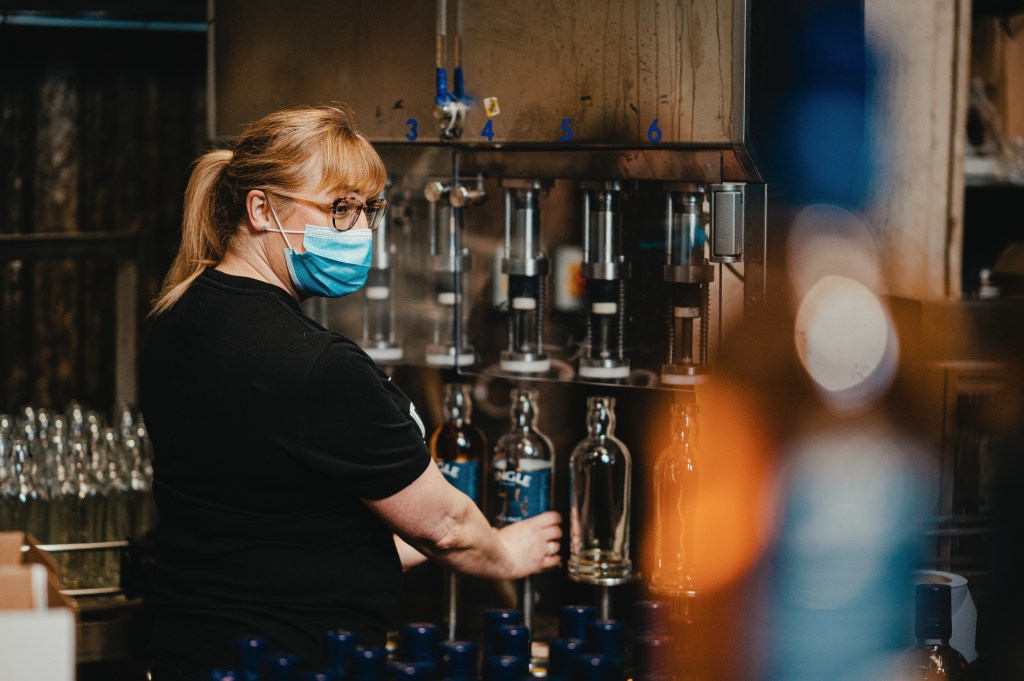
Obviously Fay was taking a massive leap of faith alongside me, and throughout my career, no matter how busy Fay was with her own career (*Fay worked as a nurse previously, so a real hero*) she always supported me 100% and was always interested in the whole whisky process and loved the sense of community and family a distillery brings. Being able to take that experience and have her on the payroll is a wonderful thing, although technically I am her boss, but when I pointed that out it didn’t go down so well. *We had a good laugh about this, with far too many jokes then I could type, this was the kind of interview that you genuinely felt as though you were chatting to a friend*
What’s a typical day like for you at Dingle?
Well the day can be so varied, you have you day to day jobs which will always be there, you have to keep an eye on how the distillery is running, we have two shifts a day, 7 days a week and everything is done by hand. That’s really important to us, we want this to be a team effort, not a machine effort, if you do everything by hand you can make small changes as you go along, you can play around with the runs and the cuts if you want/need to. It’s a much more organic product that way. I need to keep an eye on the stock levels, think about the direction I want to go in, I am a great believer in cask management, it is so important to a distillery to know what it has, to know what it needs for the future and how it is going to achieve that. I am big fan of forecasts, and will often be found running these reports, changing them slightly and rerunning them. I know for many that may sound dull, but for me it is so exciting, you are predicting the future before it happens and the decisions I make now have massive implications 20/30 years down the line. There are often meetings to be had about anything from cask shipment/procurement, to financial, marketing and everything in between. I need to ensure that we have everything we need to run the distillery. Everything happens here at Dingle, we use Irish malted barley, we distill, we mature, and we bottle, we even have our own well for our water source. Everything happens here at the distillery. So, there is plenty to keep me busy.
It’s been an exciting few years for the whisky industry, prices are driven ever higher and whereas new distilleries would struggle to sell their first offering, they now sell out in seconds at crazy prices, many flipped straight away at auction, or kept on a shelf somewhere. What do you think about this, does it have an impact on distilleries or the industry, is it a good thing?
In terms of being able to produce whisky as a new distillery and still sell it out, well that is fantastic, with prices at auction climbing so high then as a distillery we are able to ride those good times and take a piece of the pie for ourselves. It’s vital, as a new distillery, that we are able to recoup our costs and bring money back into the distillery and of course to our funders. So much money is tied up in time, and although the industry is now accepting younger whisky now and most whisky drinkers realise that whisky does not have to necessarily be old to be good, we still want to have the ability to produce aged stock. I still think that a standard distillery release of around 10/12 years is a good thing and something I personally would like to produce, therefore it’s not hard to see the need to bring as much funding in as possible.
That said, it is so important to get whisky out there into the industry and to have it being opened and drank. To have it shared around so that people know that you exist and what you can produce. Obviously when we started, we have put out several small batch releases. These sold out very quickly and we are grateful to all who brought them, but you will often see lovely pictures on social media, with all of the releases, and these are all closed, and you know that they aren’t ever going to get opened and see the light of day, they will just sit of shelf gathering dust, coming out for photo opportunities and then going away again. I love to see that passion and commitment but as any distiller will tell you, they make whisky to be drank, or to make memories, to tell stories, not to sit in a bottle. Now with the release of our core Dingle Single Malt (read my review here) which will be widely available, we hope that people will now buy a bottle and open it and really get to know what we can do. It can become a stable in homes and in bars, and people know that when they run out they can replace it, and lose the fear of opening the bottles.
What’s next for Dingle?
We hope to keep building upon our success so far and for that the people really are instrumental. We had so many of the local people buying a cask, becoming one of Founding Fathers and taking that leap of faith. Whether they work in the distillery, or local shops or farms or support us by drinking any of our line (Dingle also produce Vodka and Gin), their support means the world and we couldn’t have done any of this without them. We are planning on having a complete fit out of the distillery, we have a lot of space that we can use so it’s time to start using it. We would like a larger visitor centre. Usually in the summer, I am told that we have a lot of tourists visiting Dingle. There are a lot of Americans who have roots here and we can get 30,000 tourists in summer alone. We would like to make the Dingle Distillery a real experience for them, have it as its own journey.
I want to play around with different casks and finishes, also we produced a small amount of peated Dingle, and that is something I would be really keen to produce again but on a larger scale. We want to see Dingle hit the global markets too.
Interesting, so big plans. You mention different casks types/finishes, any plans to use rum casks (we love a rum cask here at Whisky Corner).
Actually I do have plans to experiment with rum casks, it’s really important that you get really good casks for that and keep a really close eye on the finishing process, ideally I’d be looking at 18 months maybe 24 months but that can be tricky, once you have all the rum influence out of the cask, the casks themselves are usually pretty old tired casks, so they don’t have anything to give themselves, its purely the influence of the rum we want to use. I think sometimes people think finishing can be seen as easy or lazy, but it really isn’t, you have to watch the casks so carefully to ensure you don’t over finish it and then lose all the work you have already put it.
Let’s talk packaging. I really love the quality of the bottle on the new Dingle release. It’s a very heavy chunky bottle with heavy duty cork, the tin is very simple, but seems in perfect keeping with the overall look and feel. It would have been easy to pick a much simpler bottle I am sure, certainly cheaper, how important is the look of the finished bottle for you?
I think it is really important, it makes a statement, and gives you an idea as to what you can expect. It really is hats off to the team here, as they could definitely have gone for a less expensive, less luxurious style, especially as a new distillery with so many costs, this was one of the places the costs could be shaved a little, but to scrimp on the packaging would feel like cheapening, or underselling the whiskey we produce. It deserves the nice bottle. We want people to feel as though they are getting something special right from our special releases down to our new core range. There really is so much competition at the moment you need to ensure you can stand out from the crowd right from the off.
Whilst on the subject of packaging I noticed that there are no tasting notes on the bottle or the tin, is this deliberate?
It was very much deliberate, a lot of people find that they don’t necessarily know how to explain what they are tasting, they may not have the words or are able to recognise individual notes, and although there are many who are really into tasting and tasting notes, we wanted to make this as accessible as possible. There is no pressure to see if you can find the notes we have printed on the bottle, or no preconceived ideas, it’s not up to us to tell the customers what they taste, let them find out for themselves. Obviously for those who are interested in notes they can read reviews, such as yours or others out there and enjoy those.
Find out what i think of it, here!
The Dingle Dude (as I call him) features very prominently in the design, and I must admit I find him both cool and terrifying in equal measures. Who is he?
Ah that would be the Wren Boy or Wren Man. This is a local tradition still popular today in many parts of Ireland, and especially so here in Dingle. We wanted to ensure that it was very clear how important location and local community are to making Dingle Distillery a success, most of our Founding Fathers are from here in the local community and it’s important they know how much we appreciate them. *Having researched this a little it’s a fascinating mythical figure concerning, as you may expect, a wren. Legend has it that there was a parliament upon the birds (others say that it was god who wanted an answer to the question) and it was asked which of the birds would be king of the birds, in order to find this out it was decided that whomever could fly the highest would be king the birds, one by one the birds dropped out of the running until the Eagle who was soaring highest, tired and dropped lower in the sky, at this point the Wren emerged from under the Eagle’s wing and soared higher still, thus becoming the king of all the birds. There are also claims that the Wren stands for treachery and it is said that a Wren betrayed the Irish soldiers fighting the Norse by beating its wings upon their shields. On 26 December parades are held, and people dress up in straw and historically call house to house to collect money which is then donated to charity. No Wrens are harmed during the making of this parade and in fact now days a fake Wren is used, but even before the Wren was not to be killed. If you want to know more Google has all the information you need*
What is your greatest whisky achievement to date?
That is a difficult question, I think for me I would have to say it is my cask management skills. It might not sound much but it is so important for me to be able to manage stock levels so that we can continue to manage stocks. I have always been interested in numbers and forecasts and these are instrumental in being able to futureproof your stock. I would hate to go into a place, use all their whisky and leave them with nothing and then just walk away. Poor cask management/stock management can destroy a distillery. It’s a real source of pride for me that for a good many years, people purchasing Glen Moray expressions will still be drinking my whisky.
When you get a chance to sit down and relax with a dram, what do you reach for (other than Dingle of course)?
There are some really great whiskies out there. I am not a fan of very sherried offerings, mostly I will turn to something bourbon matured or a mix of bourbon/sherry. I find the strong sulphurous notes just too overpowering. I have to say I am a huge fan of the Caol Ila 18, it is a fantastic drop, it has those Islay notes which are so unforgettable, you can really just wile away the time with a glass of this. You don’t have to try and pick it apart, although that’s not to say that it isn’t complex, but you aren’t forced to explore it unless you want to, you can just sit back and enjoy it. That’s really what I have tried to do with our Dingle expressions, they are complex enough if you want to try and pick out the individual layers and notes, but you don’t have to, you can just sit and relax and enjoy it. When Scapa 16 was still available I would have a bottle of that on the go. It is unmistakable in its style, the apple notes work so well with the coastal elements. Clynelish 14 is another go to for me, its waxiness is so appealing, its always perfectly balanced and deeply enjoyable *we then wax lyrical (see what I did there) about Clynelish for a long time*
For nothing other than a bit of fun: you have been given an elephant, you can’t sell it or give it away, what are you going to do with it?
Hmm this is tricky, which type is it, African or Indian *I don’t know, which would you like it to be* which one has the biggest ears? *no idea* we were then reliable informed that the African Elephant has the biggest ears. ok I think that I would use it wash out the mash tuns and also I’d ride it down Dingle high street. It would be quite a tourist attraction and actually we had a dolphin here in Dingle called Fungie, who was very playful and friendly. It was well known for interacting with the boats and the tourists. It became something of a celebrity actually although it’s not been spotted since. *I looked this up on google, and Fungie was first spotted at Dingle in 1983, and a news report published a few months ago has confirmed that Fungie is alive and well and has merely moved to a new spot. Whether this is temporary or not, they cant say, but fingers crossed Fungie will return back to Dingle again.
And that concludes our interview, thanks so much for your time Graham we managed to rack up a two hour chat and none of it felt like work (well not for me anyway, hopefully it wasn’t too hard going for you), it was a really great chat and here’s hoping we can get a dram in person at some stage. Hope to speak again soon.
Keep your eyes peeled for Dingle Distillery is you have not tried their products yet you will want to. For my review of the new Dingle Distillery Single Malt read here. You can check Dingle’s website here and take a look at the gin and vodka too.
We have an exciting competition to give away a bottle of Dingle Single Malt to not one but two lucky winners. How do you enter our competition, click here to find out.



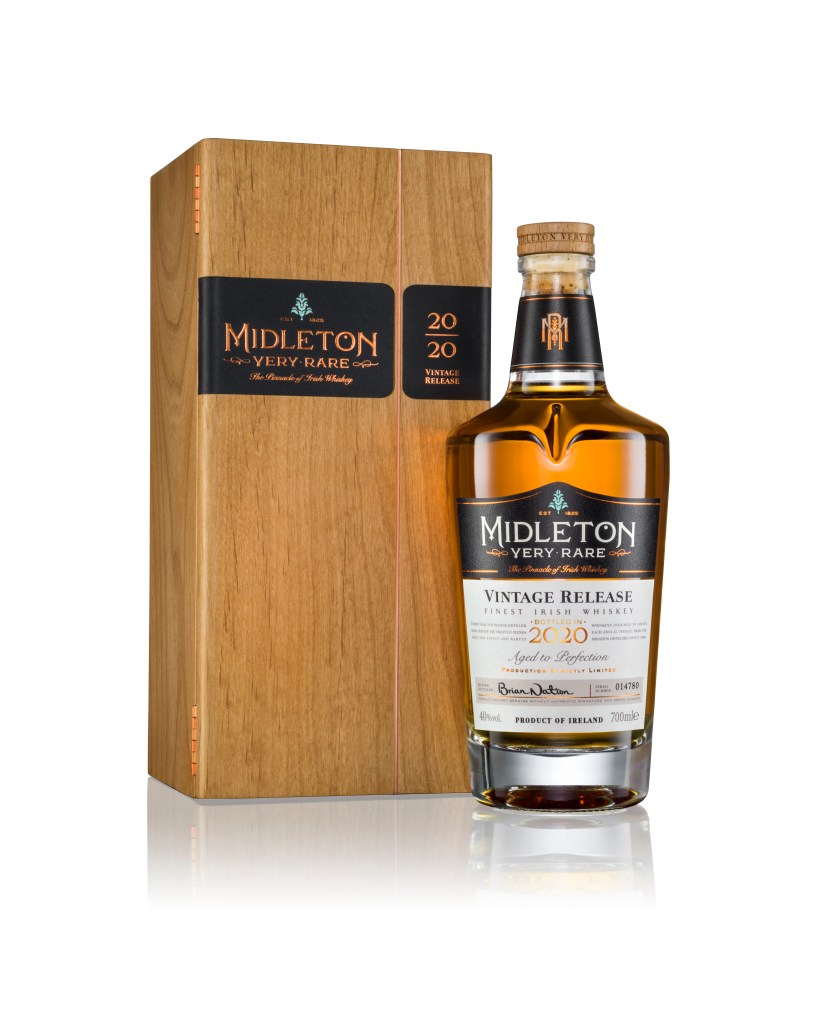








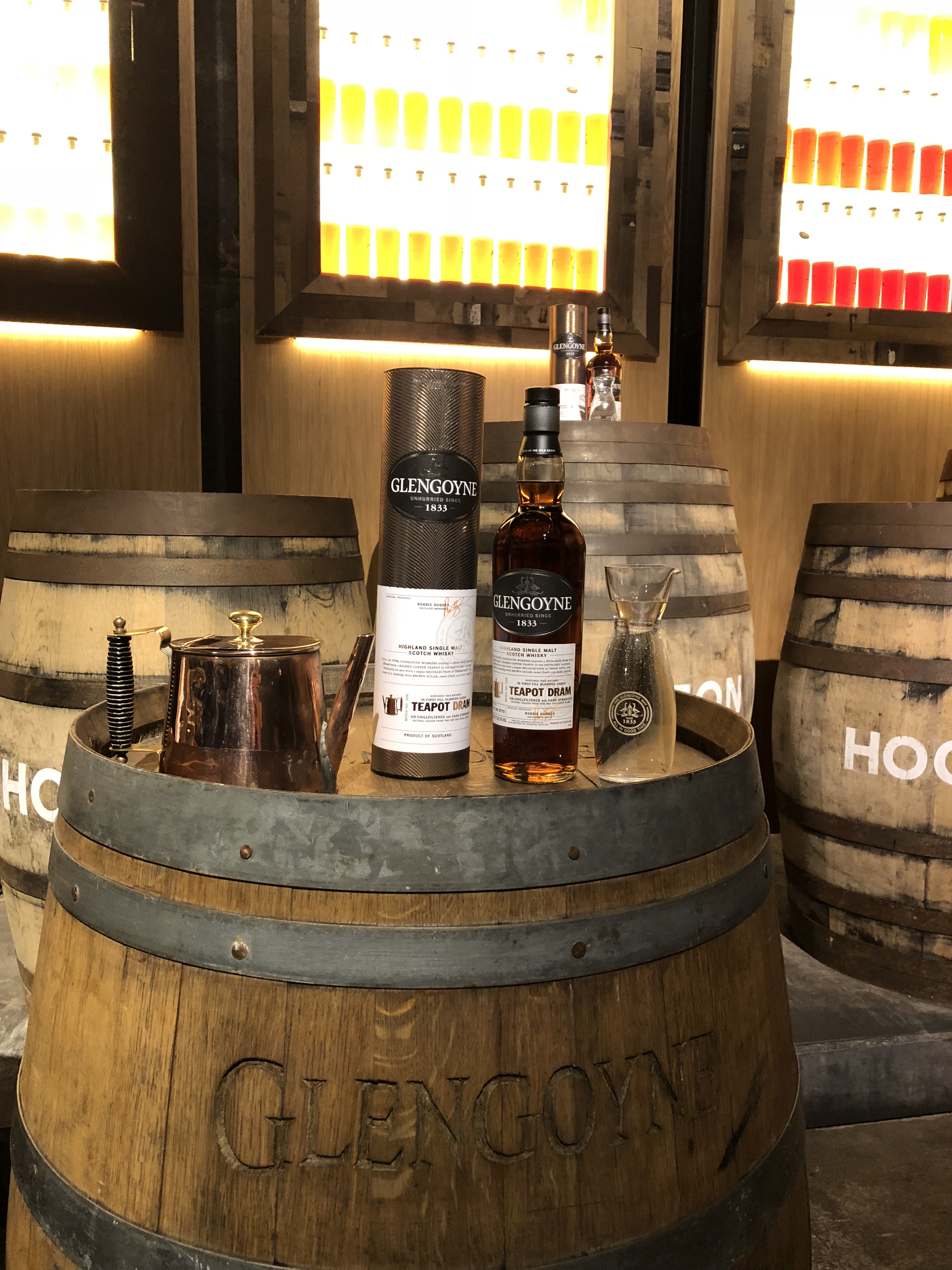

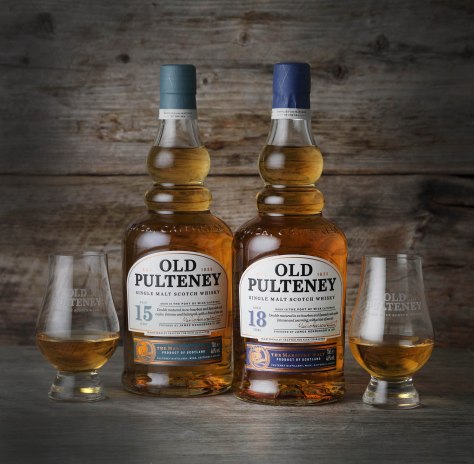

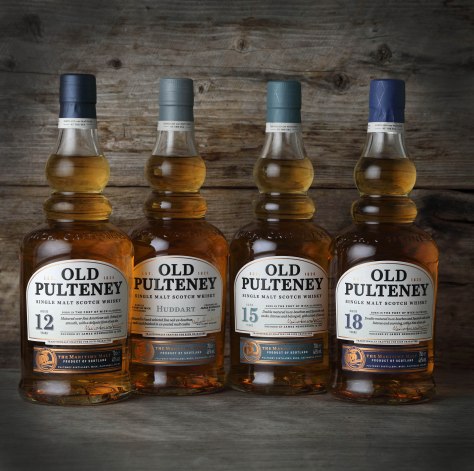
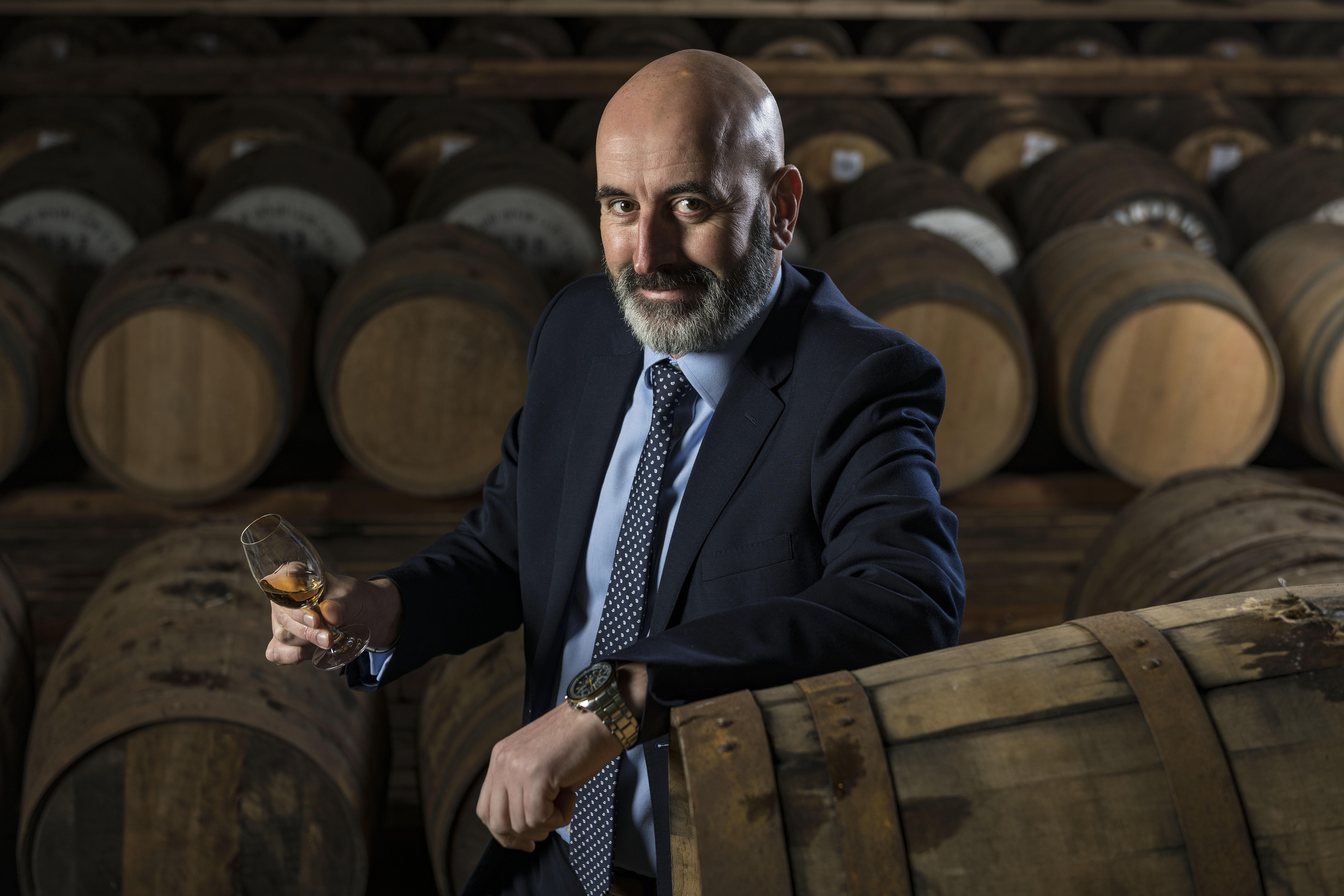
 The first expressions to be released within the new ‘Discovery’ range comprise spirit originally from Balblair, Tormore, Miltonduff and Caol Ila distilleries, then matured in Gordon & MacPhail’s own hand-selected casks. Prices start from £49.95 UK (RSP) and vary in available markets around the world due to taxes and duties.
The first expressions to be released within the new ‘Discovery’ range comprise spirit originally from Balblair, Tormore, Miltonduff and Caol Ila distilleries, then matured in Gordon & MacPhail’s own hand-selected casks. Prices start from £49.95 UK (RSP) and vary in available markets around the world due to taxes and duties.